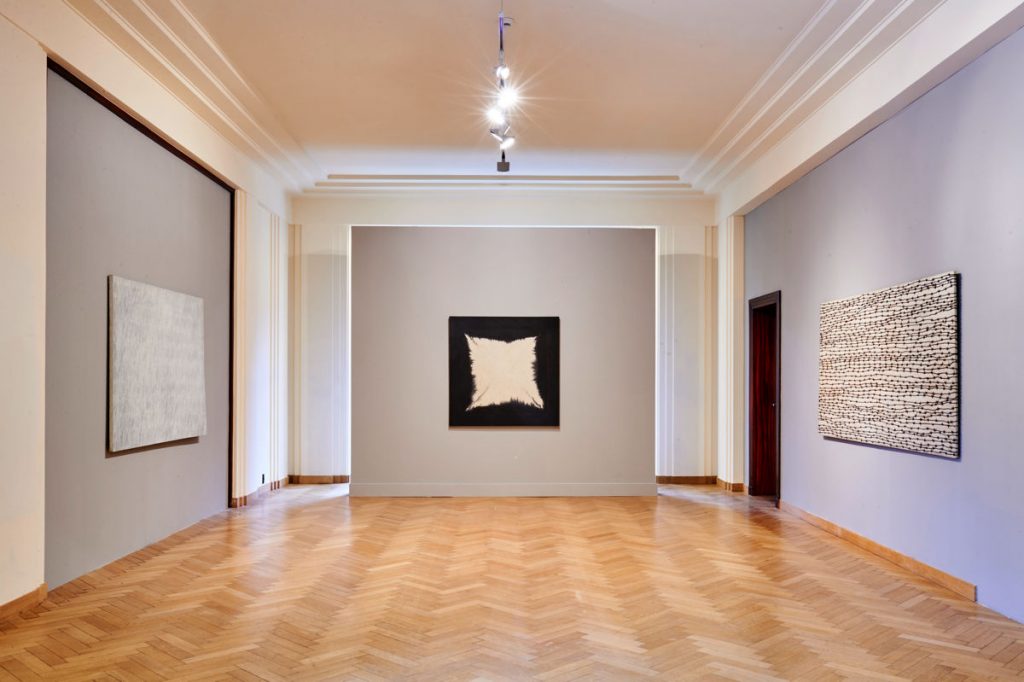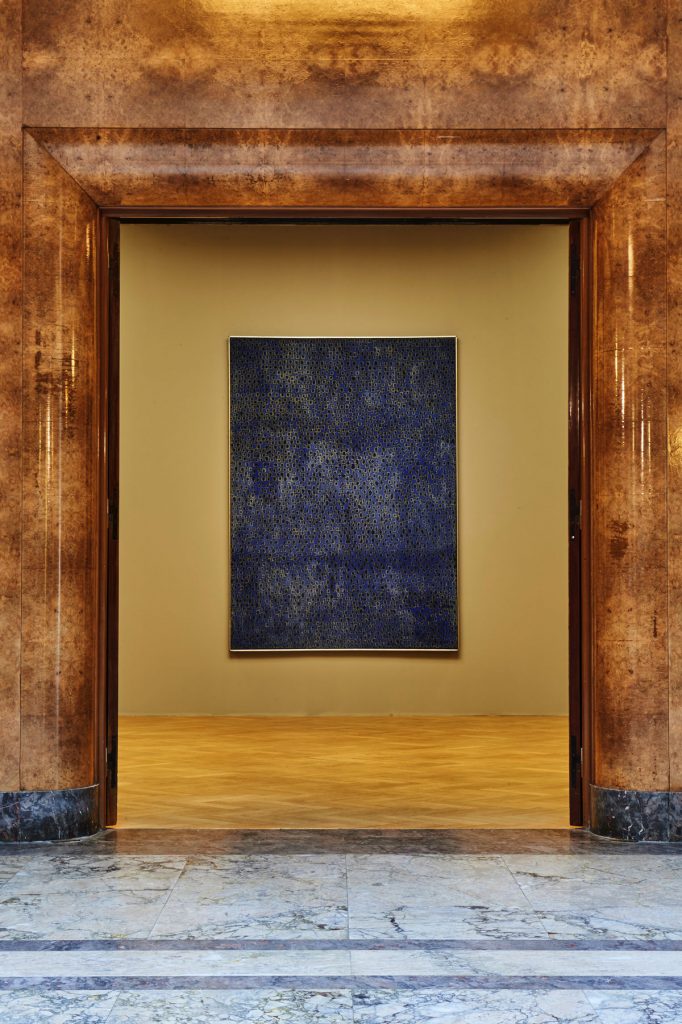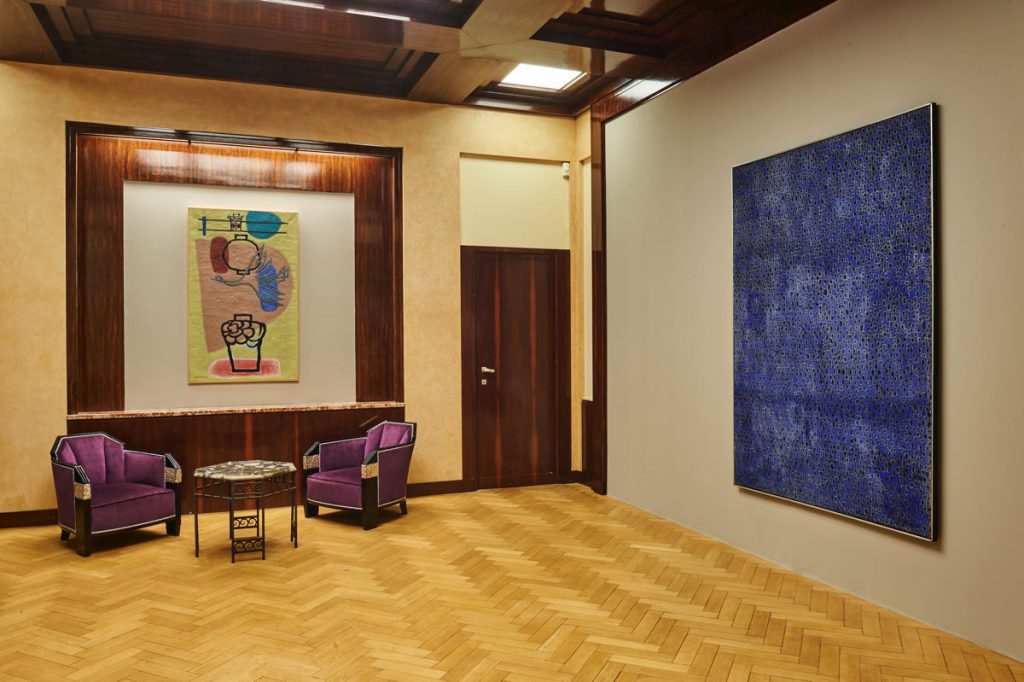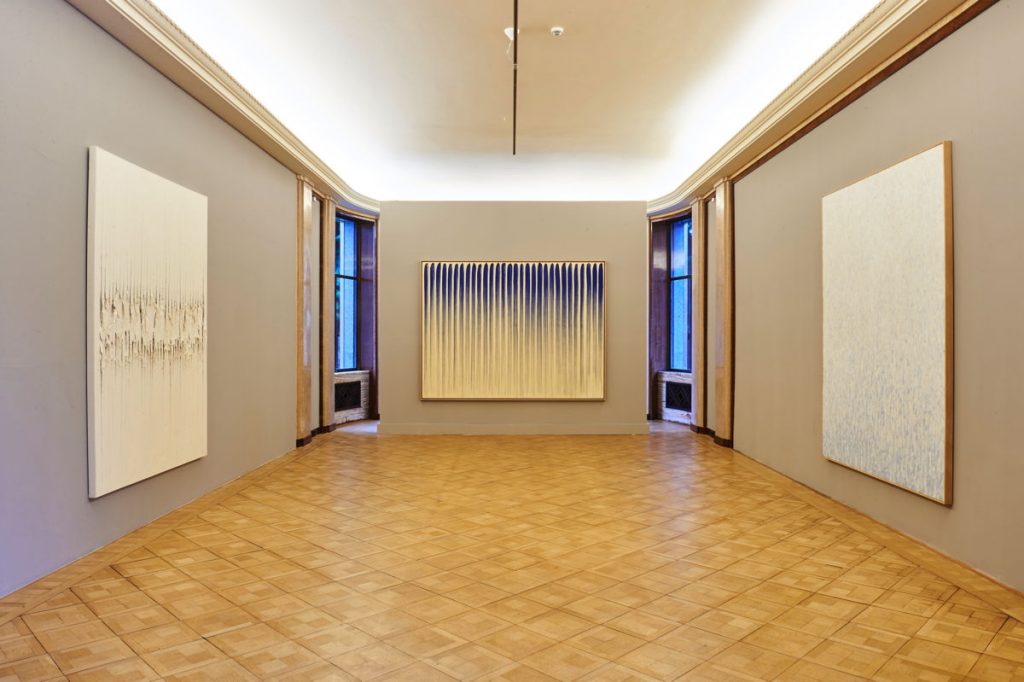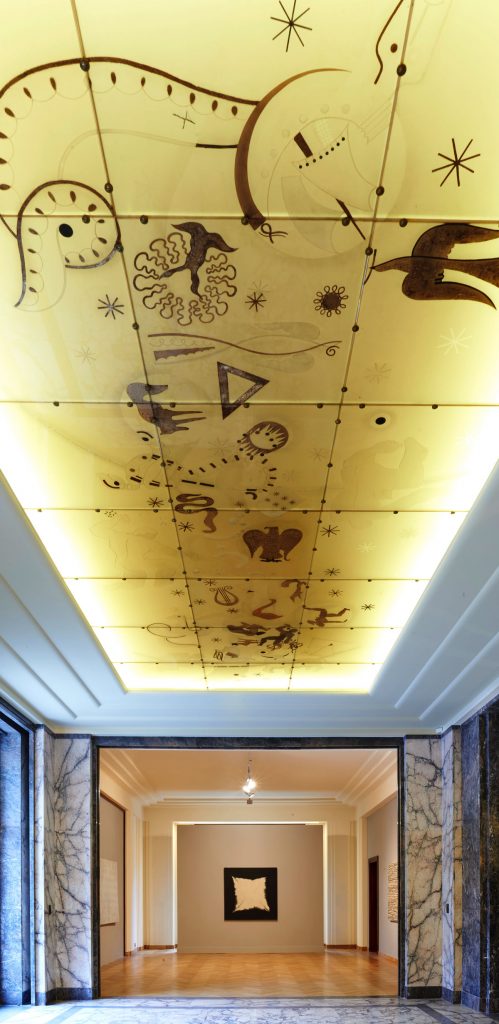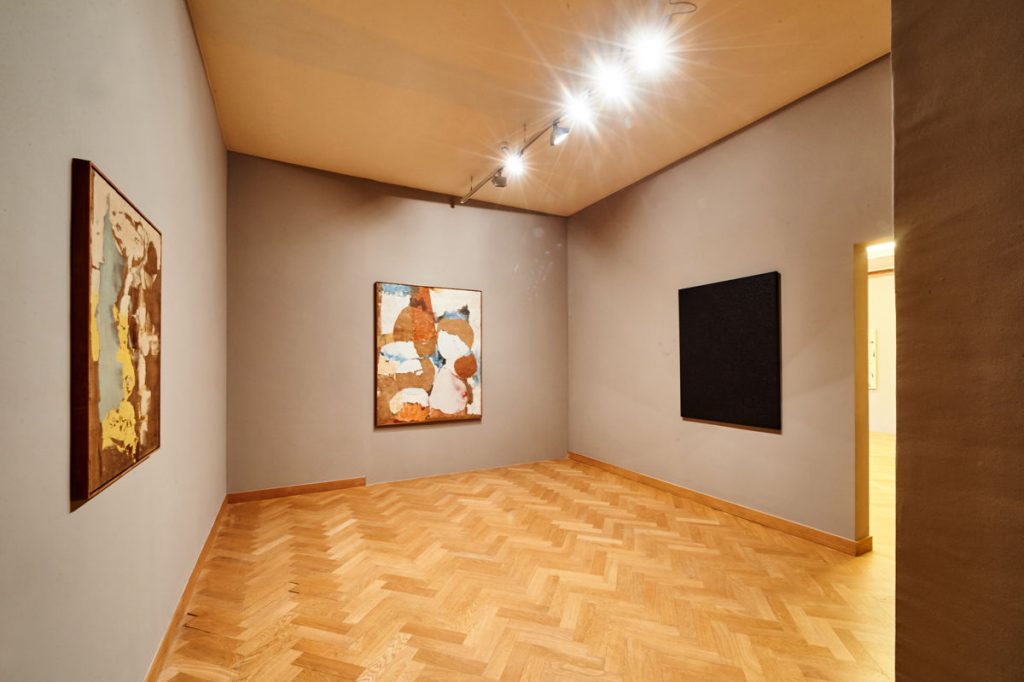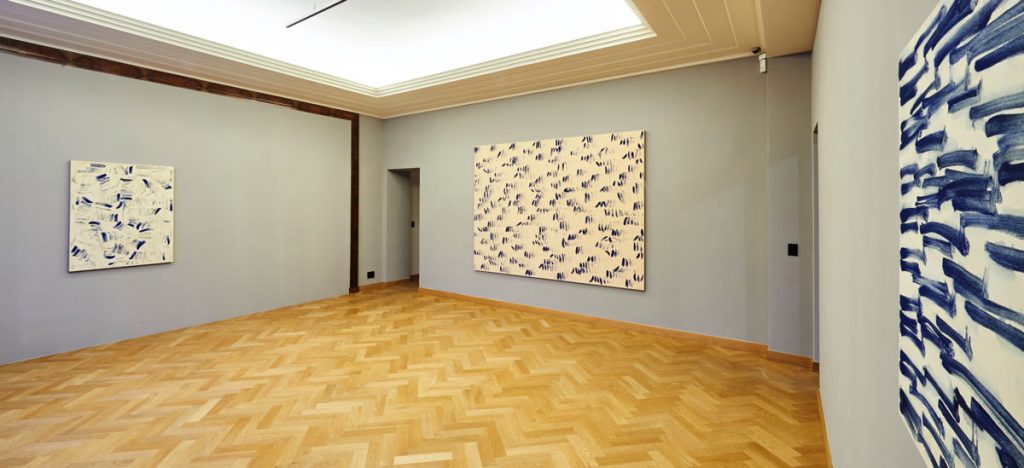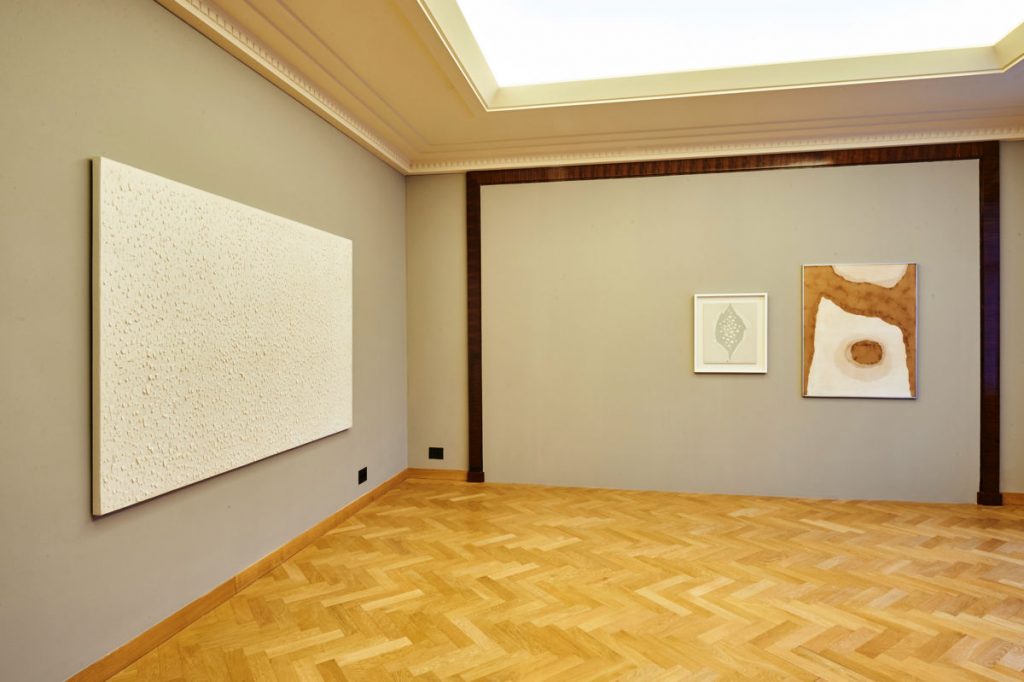The exhibition When Process Becomes Form: Dansaekhwa and Korean Abstraction is the first comprehensive presentation in Belgium of a generation of loosely affiliated Korean artists whose negotiation of abstraction has become known as Dansaekhwa. It brings together more than fifty seminal paintings from both museum and private collections, ranging from the 1960s until the 1980s. In addition, the exhibition includes an extensive corpus of archival materials and documents.
For the generation of artists connected to Dansaekhwa, being modern was never a matter of identification with a Western model of artistic production. Neither was it a faith in a universality that levels the particularities of distinctly different conceptual and formal approaches to the “act of art making.” This is where Dansaekhwa becomes poignantly relevant. When examined within its local context as well as against the theoretical and formal concerns and advancements that were simultaneously at play elsewhere, Dansaekhwa emerges as a significant example of how modernism could operate along several axes at once, both geographically and conceptually.
Working at the crossroads of diverse stylistic influences and within a politically and socially charged context, the seven artists featured in this exhibition employed abstraction as a means of synthesis and innovation. Their use of pattern and repetition stems from an emphasis on their process-driven approach that places the “act of making” at the very heart of their artistic practice. Transcending the specificities of political and social conflicts, the masterpieces that are on display present the viewer with a timeless and truly universal visual language.
Chung Chang-Sup (1927–2011), Chung Sang-Hwa (b.1932), Ha Chong-Hyun (b. 1935), Kim Whanki (1913–1974), Kwon Young-Woo (1926–2013), Lee Ufan (b. 1936), and Park Seo-Bo (b. 1931)
